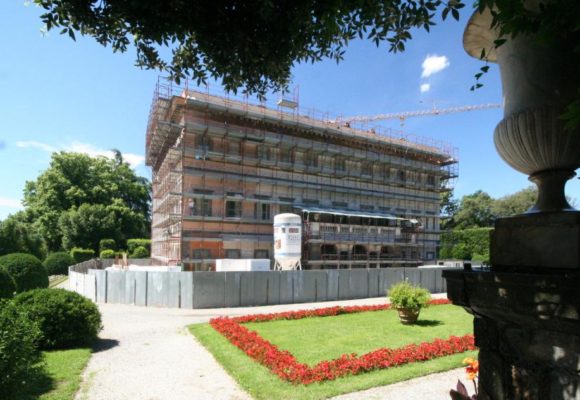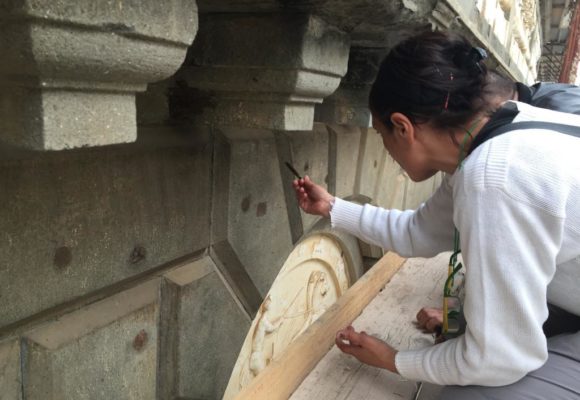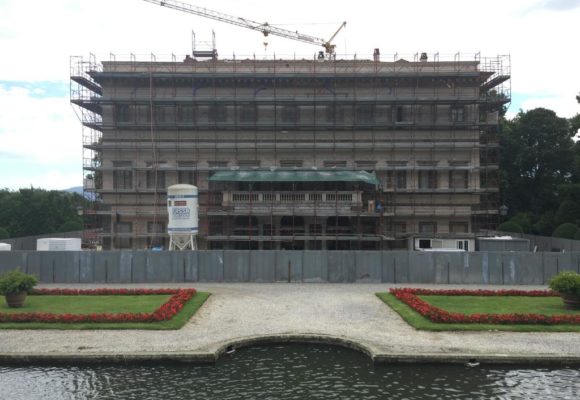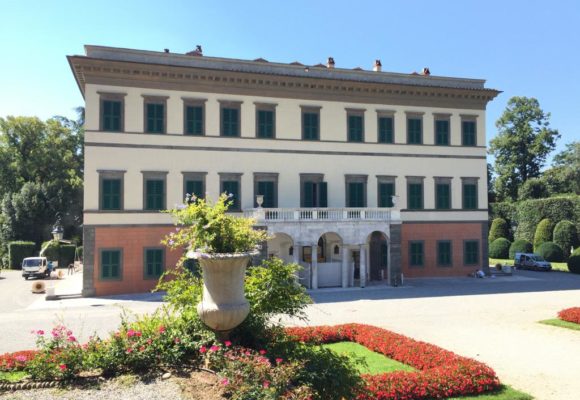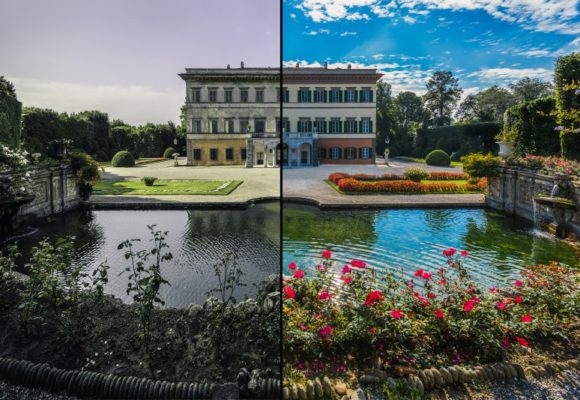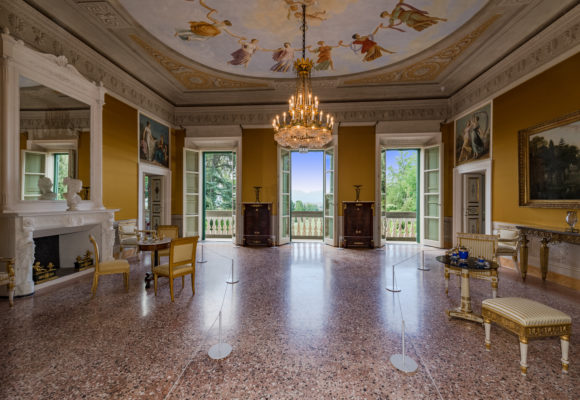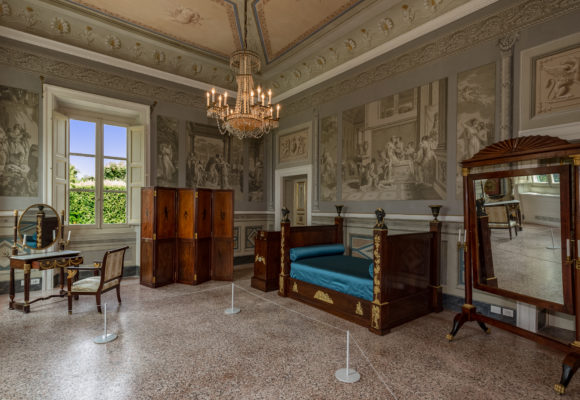The restoration of Villa Reale aims to bring the rich artistic and architectural heritage of the royal residence, at its peak during the brief reign of Elisa Bonaparte, back to its former glory.
The current owners started a wide-ranging series of works in 2015, unprecedented in their quality and attention to detail.
Restoration has continued apace on both the main Villa, other buildings and the Park, aiming to combine tradition and innovation by using the latest technology and highly specialist local skills. In particular, the restoration of the interiors has benefitted from local expertise for work on the Carrara marble, wooden furniture, paintings, frescoes and flooring at the Villa. This comprehensive and multidisciplinary restoration has conserved original features, working together with local built heritage protection authorities in Lucca.
The Historic Phases of the Villa
The latest technologies have enabled a reconstruction and documentation of how the structure of the estate has changed over time, and has also brought to light many precious, hidden gems in the interiors of the Villa.
The phases of the building’s evolution can be defined as follows:
- Buonvisi era (15th century) – gave the initial form to the estate
- Orsetti era (16th century) – enriched and completed Villa Reale
- Baciocchi Bonaparte era (beginning of the 19th century) – adding luxurious details and adornments
- Pecci Blunt era (20th century) – restored and added to the existing heritage
- Current owners (21st century) – embarked on a large-scale restoration project for the whole estate (all buildings and the Park)
Objectives and Methodology
The aim of the restoration is to discover and revise each historical era of the Villa and to enable all the current features Villa Reale – thanks to Elisa’s vision, the Pecci Blunt’s passions and the passing of time – to be enjoyed.
Numerous historical documents from various archives, together with detailed research on each location, have enabled the discovery of a range of elements including:
- A medieval column, attesting to an ancient gothic configuration
- Archways of numerous pre-existing doorways and openings
- Layers of colour preserved under the surface of the façades – from beige to ochre, green, brown and light grey, washed away over the decades.
Façades
The restoration aims to enhance and conserve the Villa’s numerous existing architectural treasures. The first phase of works on the façades analysed the construction methods, the finish on the brickwork, paints and colours, the pots around the perimeter of the Villa and the Park, stonework, and the system of rainwater collection and drainage.
Interiors
For the first time ever, Elisa’s Empire style apartments opened to the public on a permanent basis, 200 years on from her death. Careful restoration work commisioned by the new owners Henric and Marina Grönberg has made it possible to enjoy the Villa’s luxurious surroundings as they once were, up to now a privilege only afforded to a handful of visitors to the private residence.
